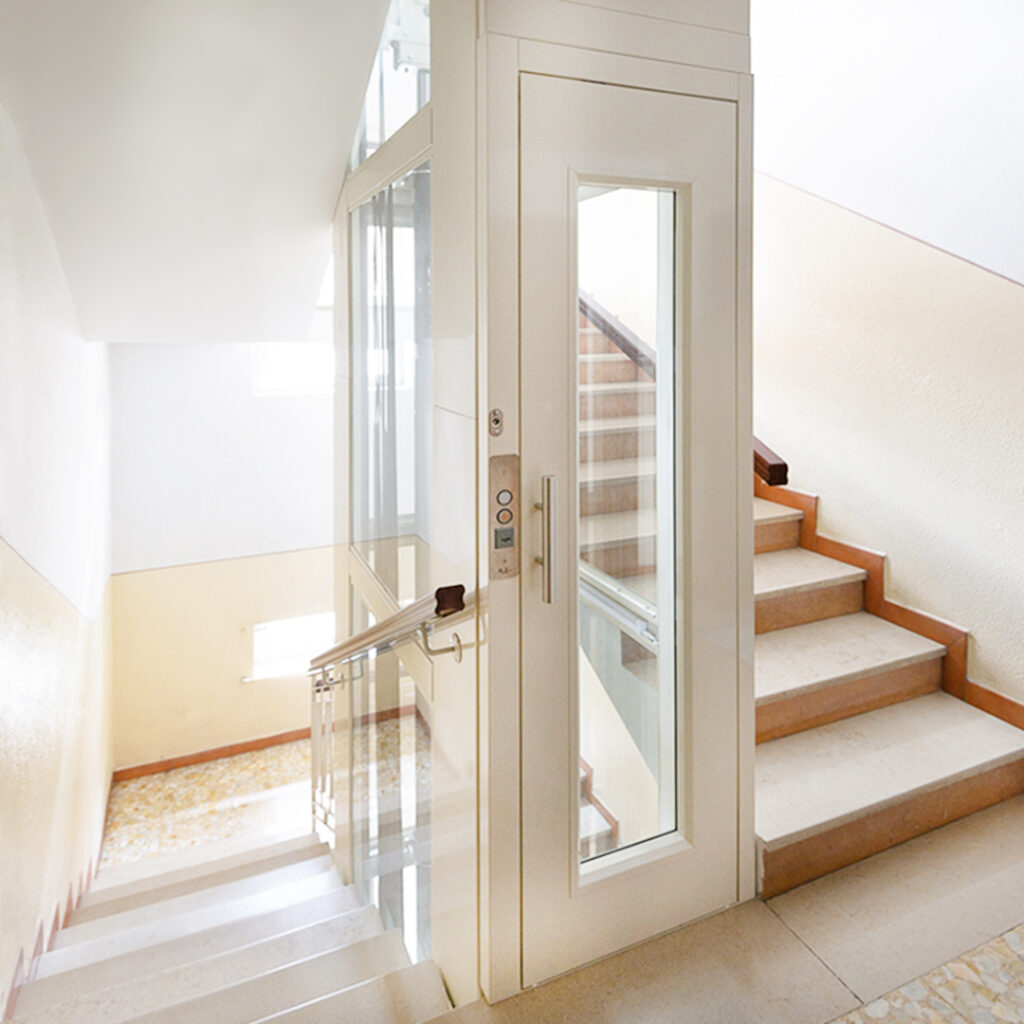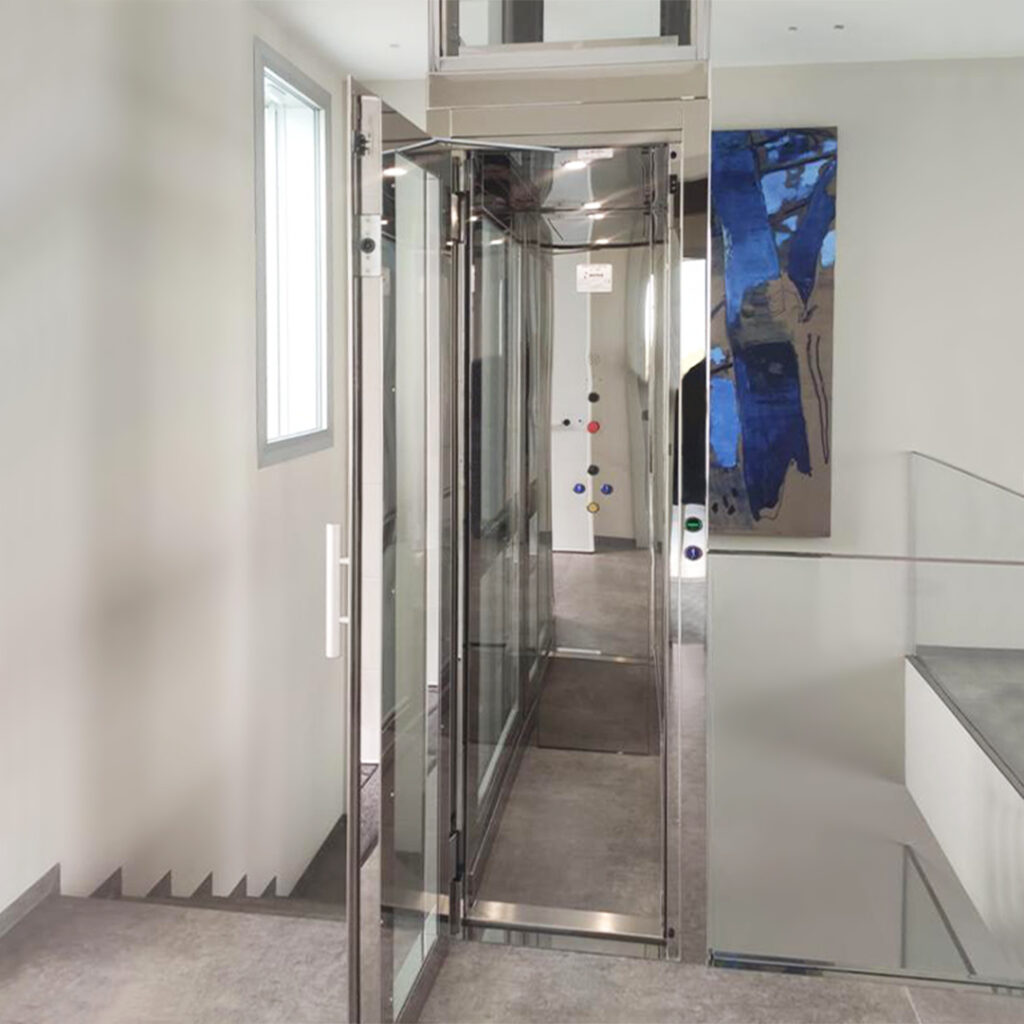Not everyone is lucky enough to afford a large house. In fact, contrary to what one might think, this scenario is becoming more and more common today. Hence the need to optimize the available space to the fullest, finding intelligent and functional solutions to live more comfortably. More than a need, it is a right for everyone, especially for the elderly or those with mobility issues. What to do when space in the house is limited? Homelifts for small spaces are the ideal solution in these cases.
A solution that fits perfectly both indoors and outdoors. Homelifts can be installed inside any type of building, adapting to any environment and maximizing accessibility. It is possible to install the homelift within the walls of your home or in a separate metal structure. Homelifts can also be installed outdoors to ensure mobility between floors.
If you’re still not convinced, let us show you the many contexts in which a homelift can be used and how useful it can be for disabled and elderly people.
Usage contexts: from home to villa to public places
Let’s start with the most classic context: homelifts for private houses. Designed to guarantee autonomy in movements between different floors of the house, they require minimal masonry work due to their reduced dimensions. Energy consumption and costs are also minimized, thanks to technological systems that avoid electricity waste.
The second usage context is equally important: homelifts for villas. We are talking about prestigious properties, which will be further enhanced by the presence of a functional homelift. The villa homelift makes the residence more modern and accessible, significantly increasing the value of the property and becoming an integral part of the design of both external and internal spaces. One of the advantages of homelifts for villas is that they can be installed in new construction buildings, allowing maximum freedom, as well as in renovation projects.
Then we come to homelifts for apartment blocks, capable of guaranteeing access to all flats. In this case too, the presence of a homelift for small spaces inside or outside the building significantly increases its value and allows for a positive impact on the living comfort of all users. An excellent solution if there are elderly people or people with severe mobility disabilities among the residents.
But autonomy and freedom of movement are also a right outside one’s own home. For this reason, homelifts find their place in public spaces as well. We’re talking about shops, shopping centers, banks, offices, schools, hotels, restaurants. A homelift for public places ensures a smooth and silent ride, maintaining the highest safety standards for all users.


Homelifts, the ideal solution for the elderly and disabled people
Beyond the undeniable convenience of a homelift for everyone, it is obvious that homelifts are of crucial for the elderly and disabled people. It is in these cases that a small-sized elevator expresses its full potential.
Homelifts for disabled people are characterized by large cars to accommodate a wheelchair and any helpers, while optimizing space in any location. A platform lift offers numerous options and accessories to ensure safety inside the car. Moreover, elevators are characterized by a smooth and vibrationless ride.
Homelifts for the elderly can improve the quality of life for seniors or people with mobility issues, allowing them to move effortlessly between the floors of the building. Requiring little space, this type of elevator can also be installed in existing buildings. Finally, inside the cars, which are always spacious and functional, it is possible to install accessories such as handrails and seats.